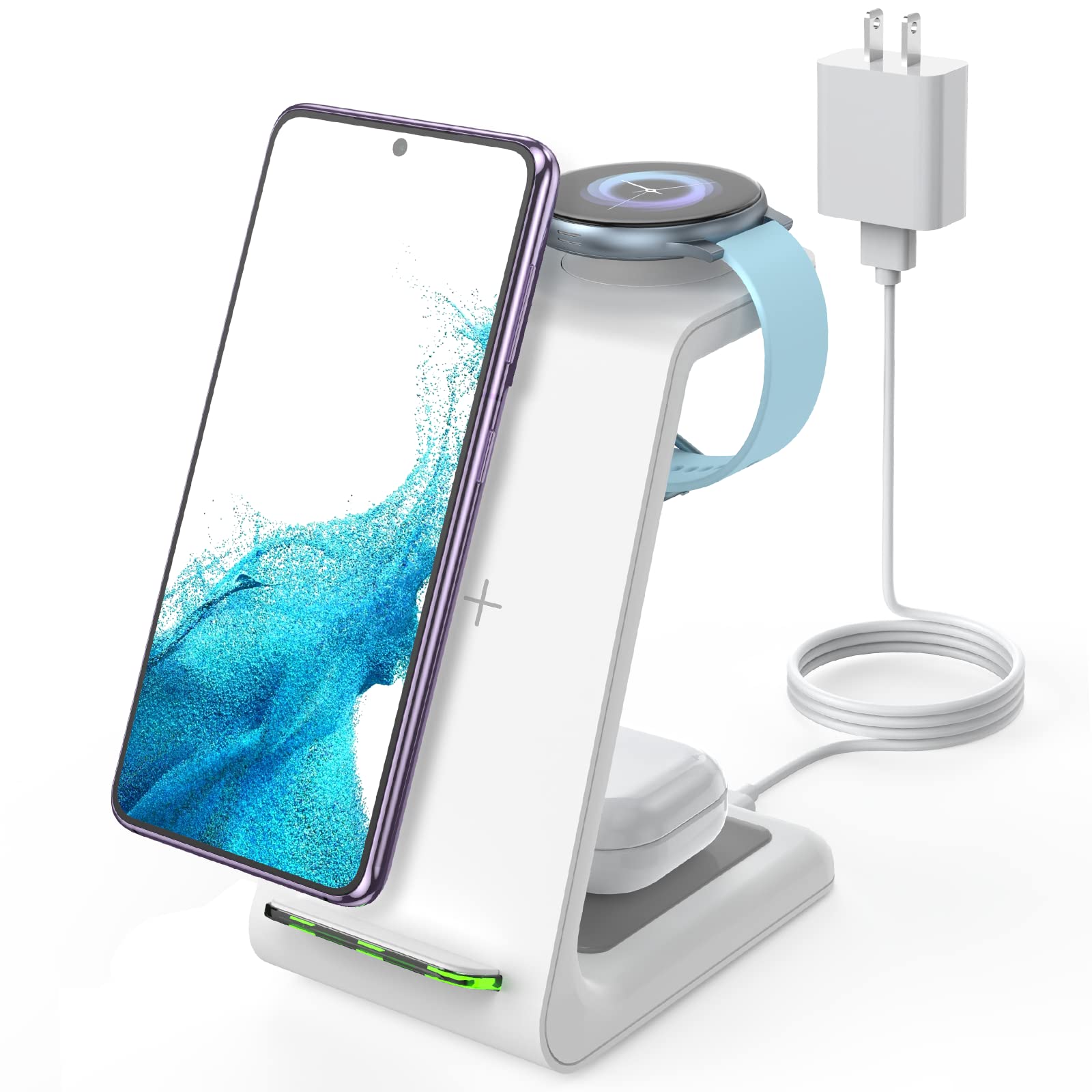
Understanding Wireless Charging
Wireless charging, or inductive charging, transfers energy using electromagnetic fields between a transmitter (charging pad) and a receiver (phone). Based on the Qi standard, this technology is widely supported by modern Android devices. Simply place your phone on the charging pad to start charging without needing a cable.
Key Features of Wireless Chargers
- Qi Technology: Ensures efficient power transfer and compatibility with most modern Android phones like Samsung Galaxy S21, Google Pixel 5, and OnePlus 8 Pro.
- LED Indicators: Provide visual confirmation of the charging status.
- Fast Charging Capabilities: Typically around 10W or more, useful for quick battery top-ups.
- Compact and Portable Design: Easy to carry, ideal for travel or office use.
- Overheat Protection and Foreign Object Detection: Prevents overheating and damage from foreign objects on the charging pad.
What You Need for Wireless Charging
Check Your Phone's Compatibility
Ensure your device supports Qi wireless charging. Most modern Android phones do, but older models might not. Verify your phone's specifications or check the manufacturer's website.
Choose the Right Charger
After confirming Qi compatibility, select a wireless charger that meets your needs. Consider factors like fast charging capabilities, design, and compatibility with your phone case.
Best Wireless Chargers for Android
Anker PowerWave Pad
The Anker PowerWave Pad offers reliable performance, fast charging, and affordability.
- Fast Charging: Supports up to 10W, ensuring quick charging.
- Non-Slip Design: Keeps your phone in place while charging.
- LED Indicator: Shows charging status.
- Affordable Pricing: Great value for money.
Belkin Boost Up
Known for durability and efficiency, the Belkin Boost Up is a solid choice.
- Durability: Built to withstand regular use.
- Efficiency: Ensures quick and reliable charging.
- Compatibility: Works with most Qi-enabled Android devices.
Samsung Wireless Charger Stand
For those who prefer a stand, the Samsung Wireless Charger Stand offers a convenient angle for viewing notifications while charging.
- Convenient Angle: Allows easy viewing of notifications or videos.
- Compact Design: Portable and easy to carry.
- Fast Charging: Supports up to 10W for quick charging.
CHOETECH Dual Wireless Charger
Ideal for multi-device charging, the CHOETECH Dual Wireless Charger can charge two devices simultaneously.
- Multi-Device Charging: Charges two devices at once.
- Compact Design: Portable despite its multi-device capability.
- Efficient Power Transfer: Ensures both devices charge quickly and reliably.
What Makes a Wireless Charger the Best for Android Devices?
Compatibility
A top wireless charger should support Qi-standard charging, used by most Android phones. Always verify your phone's Qi compatibility before purchasing.
Fast Charging Capabilities
Look for chargers offering around 10W or more. This feature is particularly useful for quick battery top-ups.
Design and Portability
Consider the charger's design and portability. A compact design makes it easy to carry, while a non-slip design ensures your phone stays in place during charging.
Safety Features
Ensure the charger includes safety features like overheat protection and foreign object detection. These features prevent overheating and damage from foreign objects on the charging pad.
Are Wireless Chargers Safe for My Phone's Battery?
Quality chargers with overcharge protection and temperature control are generally safe. Always use reputable brands to ensure safety.
Can I Use a Wireless Charger with a Phone Case On?
Most wireless chargers work through thin cases. However, thick or metal cases might interfere with charging. Check the charger's specifications to ensure compatibility with your phone case.
Do Wireless Chargers Come with a Power Adapter?
Some wireless chargers include a power adapter, but many do not. You might need to buy a separate adapter if one is not included.
